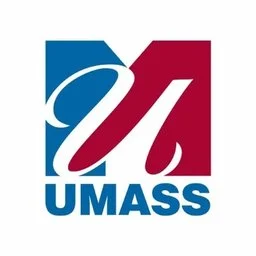NURS_FPX6107 Assessment 3 Curriculum Evaluation Importance of Ongoing Curriculum Evaluation
Place Your Order NowNURS_FPX6107 Assessment 3 Curriculum Evaluation Importance of Ongoing Curriculum Evaluation
Important Criteria in Curriculum Evaluation
The first criterion is to define standards to be followed in evaluation. This is done by establishing course programs and objectives. Other key areas include determination of course content, theory content hours, teaching techniques, clinical placement hours, learning resources, measures to evaluate student, number of instructors and their credential, and roles and responsibilities of administration. The next step is to set an organized system approach for data collection. Here, there is need for particular qualitative and quantitative indicators to gauge pre-determined standards and also good leadership to ensure success. The third criterion entails synthesis of the results. The results are examined, analyzed, and distributed and the conclusion and lessons learned are considered. The fourth step involves developing recommendations, areas of improvement are communicated, and suggestions for improved are proposed. The final step is integrating the recommendations and lessons learned back into the curriculum.
How and Why Pilot Testing can be Used in Curriculum Evaluation
Pilot testing connotes a small-scale and short-term attempts developed to avail data on the practicability of an educational program before it is applied in large-scale. Therefore, it is implemented as educational simulation. It is used in the curriculum development to establish the strengths and limitations of a planned curriculum by collecting empirical information to support whether or not the curriculum is effective, appropriate, reliable, and valid.
Short-Term and Long-Term Curriculum Evaluations for Process Improvement
An example of a short-term curriculum evaluation is pilot testing for curriculum evaluation, which is used to provide data on feasibility of an educational program before formal implementation. On the other hand, long-term curriculum evaluation entails the big ideas that enable instructors and learners to perceive the connectedness of the entire curriculum. Both short and long-term evaluations are necessary in curriculum development. While a short-term curriculum evaluation is used to test feasibility of an educational program before implementing into curriculum, long-term curriculum evaluation ensures that curriculum is developed in manner that makes learners to integrate what they have learned into practice for the rest of their professional life (Stock, 2020).
Application of Evidence-Based Nursing Concepts, Theories, and Best Practices
Evidence-based practice (EBP) characterizes the integration of the best research evidence alongside the values and preferences of patient into clinical decision making. Therefore, EBP concepts, theories, and best practices are crucial in curriculum development because they ensure the development is informed and anchored on the best research evidence available. In turn, the curriculum will equip the students with proper competency essential in realizing future practice needs and also enable students to superior learning experience and outcomes.
Accreditation Body for the Master of Science in the Nursing Curriculum
The accreditation body is the Accreditation Commission for Education in Nursing (ACEN). ACEN is recognized by both National Council of State Boards of Nursing (NCSBN) and the U.S. Department of Education to provide accreditation for advanced degree nursing programs such as the Master of Science in the nursing curriculum.
According to ACEN (2020), the accreditation evaluation criteria include proof that the program has current approval from the respective state board of nursing. Also, there must be proof that the governing institution for the program is accredited or approved. Other evaluation criteria include documentation about the academic and professional qualifications of the faculty, resources by the program to support student body, curriculum and plan of study, and a systematic plan for ACEN assessment.
References
ACEN. (2020). ACEN Accreditation Manual 2017 STANDARDS and CRITERIA. Acenursing.org. Retrieved 2 December 2020, from https://www.acenursing.org/acen-accreditation-manual/.
Butcher, H. K., Bulechek, G. M., Dochterman, J. M. M., & Wagner, C. M. (2018). Nursing Interventions classification (NIC)-E-Book. Elsevier Health Scienc
Order Now






